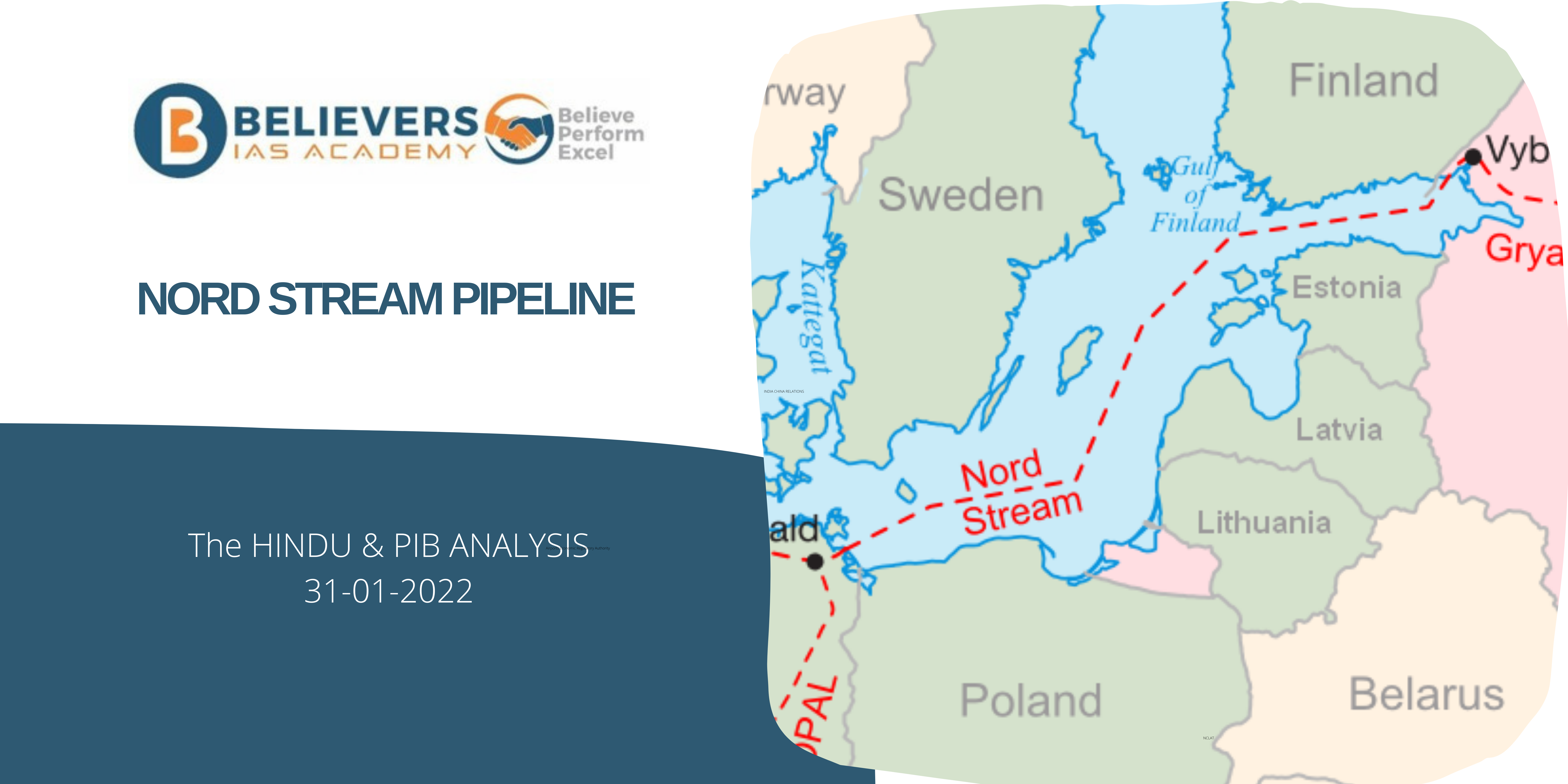The Odisha story to ensure food security
Context:
Amidst the COP28 discussions, highlighting the urgency of climate action, the article focuses on Odisha’s commendable journey as a potential model for achieving food security with equity and sustainability. It emphasizes the state’s successful transformation of agriculture, resilience-building against climate impacts, and social protection measures.
Relevance:
GS-03 (Agriculture)
Mains Question:
Evaluate the approaches to strengthening food security through agricultural transformation, climate resilience, and social protection. Also, discuss its relevance as a model for states facing the challenges of global climate change. (250 words)
Dimensions of the Article:
- Agricultural Transformation in Odisha
- Initiatives and Schemes
- Climate Resilience and Sustainability
- Social Protection Measures
- Odisha’s Role as a Model
Agricultural Transformation in Odisha:
- Odisha’s agricultural landscape has undergone a remarkable shift over the past two decades. From a state importing rice to becoming a record producer of food grains, the state’s success is notable.
- Despite a majority of small/marginal farmers, Odisha achieved a significant increase in productivity.
- The focus on elevating the income of these farmers has directly contributed to strengthening food security. Notably, Kalahandi district, once synonymous with hunger, has become the state’s rice bowl.
Initiatives and Schemes:
- Key initiatives like Krushak Assistance for Livelihood and Income Augmentation (KALIA) and the Odisha Millet Mission have played pivotal roles.
- By promoting scientific crop management practices through conventional and digital extension, the state has witnessed a shift towards non-paddy crop cultivation.
- The emphasis on diversifying crops and implementing schemes to increase climate resilience has been a cornerstone of Odisha’s success.
Climate Resilience and Sustainability:
- Given its vulnerability to climate change, Odisha has taken proactive measures to address its impacts comprehensively.
- The Climate Change Action Plan encompasses various sectors and involves expert inputs and civil society collaboration.
- The bottom-up approach includes the Crop Weather Watch Group, which monitors and responds to adverse weather conditions, such as cyclones and floods. The district-level crop planning, coupled with climate-resilient cultivation practices, has enhanced food grain production.
Social Protection Measures:
- Odisha’s surplus status in paddy production has positioned it as a significant contributor to the Food Corporation of India.
- Collaborative efforts with the United Nations World Food Programme (WFP) have introduced innovative measures, including biometric technology in the Targeted Public Distribution System and rice fortification.
- Odisha’s top-ranking in the State Ranking Index for the National Food Security Act reflects its commitment to food security, livelihood, and climate resilience.
Odisha’s Role as a Model:
- The transformation from scarcity to surplus, climate-proofing agricultural systems, crop diversification, and protection of smallholders’ interests present Odisha as a unique development model.
- The state’s ability to generate surplus and ensure food and nutrition security for the vulnerable sets an example for other states grappling with the challenges posed by global climate change.
Way Forward:
- Strengthening the implementation of existing schemes, continued emphasis on climate-resilient practices, and further collaboration with international organizations like the WFP can enhance Odisha’s developmental impact.
- The state’s journey exemplifies the possibilities of achieving food security and resilience, even in the face of climate challenges.
- Odisha’s model underscores the significance of a holistic approach, community-driven strategies, and adaptive measures in ensuring sustainable and equitable development as an example for the whole country.




